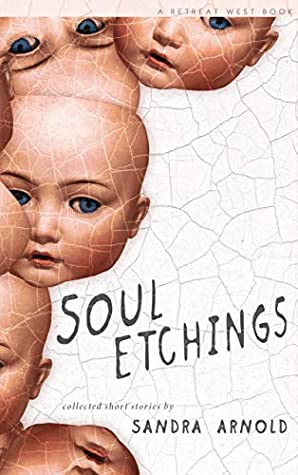 In a book of trees, dragonflies and birds, stories flit and alight on wings crafted from printed paper. Each page contains a world of sunlight and shade, many trailing heartbreak, maltreatment or the bruises of being misunderstood,
In a book of trees, dragonflies and birds, stories flit and alight on wings crafted from printed paper. Each page contains a world of sunlight and shade, many trailing heartbreak, maltreatment or the bruises of being misunderstood,
Author Sandra Arnold’s heroes are strong-willed, sensitive souls who are often spirited away by the end of the page and a half that comprises their world.
As I read, I could visualise each setting vividly, and my head filled with branches of sun-dappled leaves. It reminded me of my own childhood in trees, and of living more inside imaginary worlds than the so-called real world. Flash fiction is a form that requires immense discipline, and Arnold paints carefully selected words into exquisite scenes: “spider webs shivered like torn lace” and “the sea was polished glass,” and dawn’s many beauties, aglow in Blood of the Stone, include “the first pale notes of birds.’
In The Girl Who Wanted to Fly, our heroine is “breath in the newborn calf.”
Yet running beneath the poetic imagery is a great deal of anger and grief for damaged childhoods. This is a book of lost children, and the people who abuse, bully and drive them away, or who simply lack the power to save them. A yearning to flee flutters throughout, alongside a deep passion for the natural world over the urban.

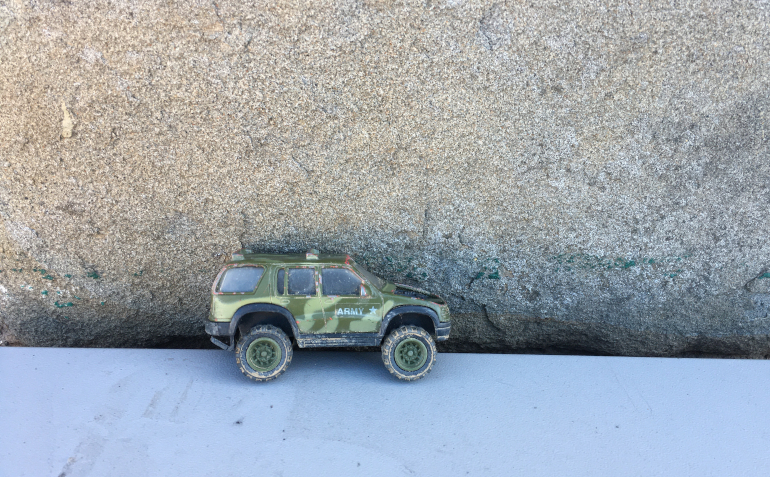 As UK school children get to grips with online classrooms, write a scene, story or poem in which a person meets another human face-to-face for the first time after ten years in
As UK school children get to grips with online classrooms, write a scene, story or poem in which a person meets another human face-to-face for the first time after ten years in 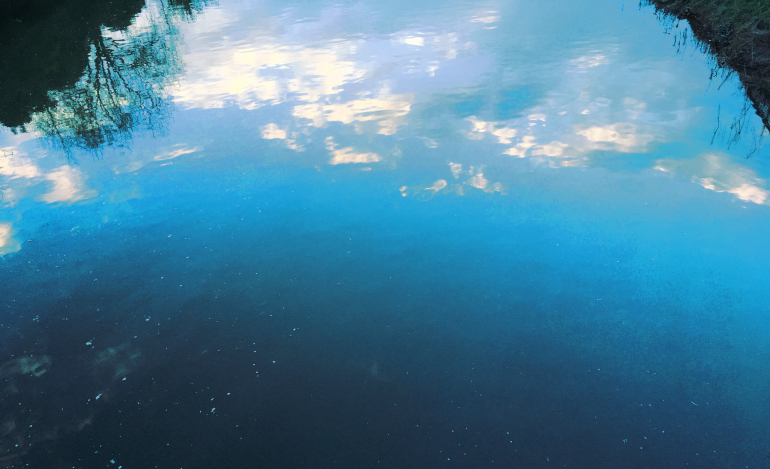 My short story The Tempered Lake has been published as part of
My short story The Tempered Lake has been published as part of 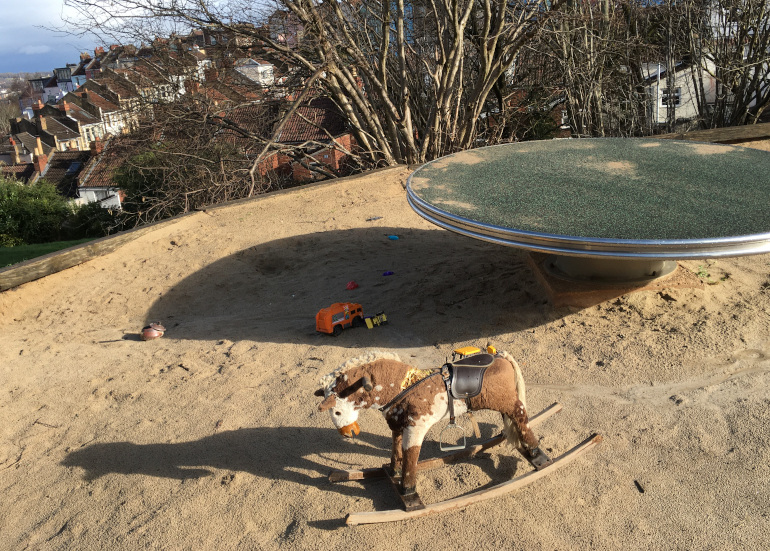 This small, well-worn rocking horse recently appeared in a local playground. I love how incongruous it looks next to the flying saucer and vivid plastic toys.
This small, well-worn rocking horse recently appeared in a local playground. I love how incongruous it looks next to the flying saucer and vivid plastic toys.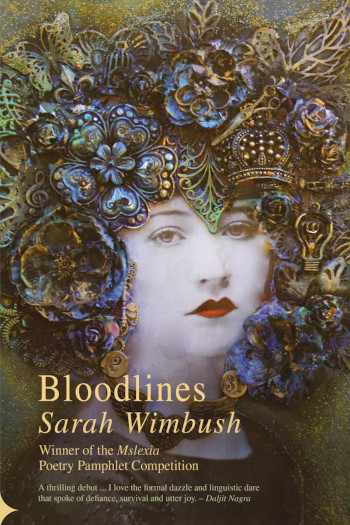 Sarah Wimbush won the
Sarah Wimbush won the 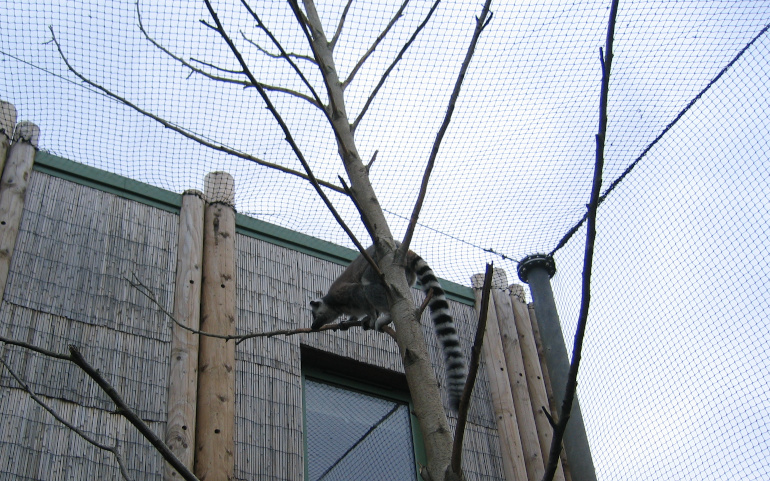 I once came across a call for poetry, short fiction and creative non-fiction, which specified that submissions were free of charge “for people who are currently incarcerated.”
I once came across a call for poetry, short fiction and creative non-fiction, which specified that submissions were free of charge “for people who are currently incarcerated.”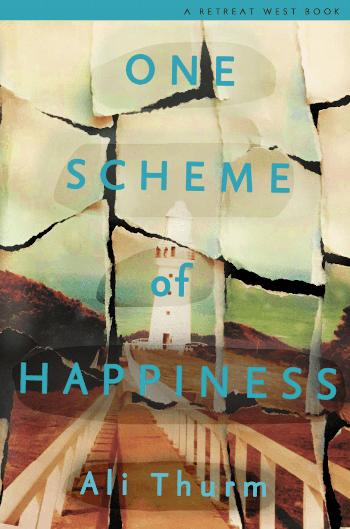 A deliciously discomforting read that will creep under your skin.
A deliciously discomforting read that will creep under your skin.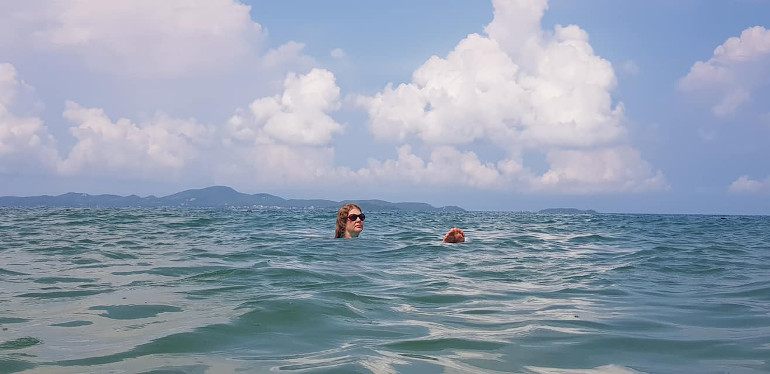 My sister snapped this pic of me enjoying the balmy depths of the South China Sea. It’s such a peaceful scene, and yet it is part of a power struggle that’s been going on for decades as countries vie for control of this major shipping channel and its oil and gas reserves. It’s also, according to Philippines’
My sister snapped this pic of me enjoying the balmy depths of the South China Sea. It’s such a peaceful scene, and yet it is part of a power struggle that’s been going on for decades as countries vie for control of this major shipping channel and its oil and gas reserves. It’s also, according to Philippines’